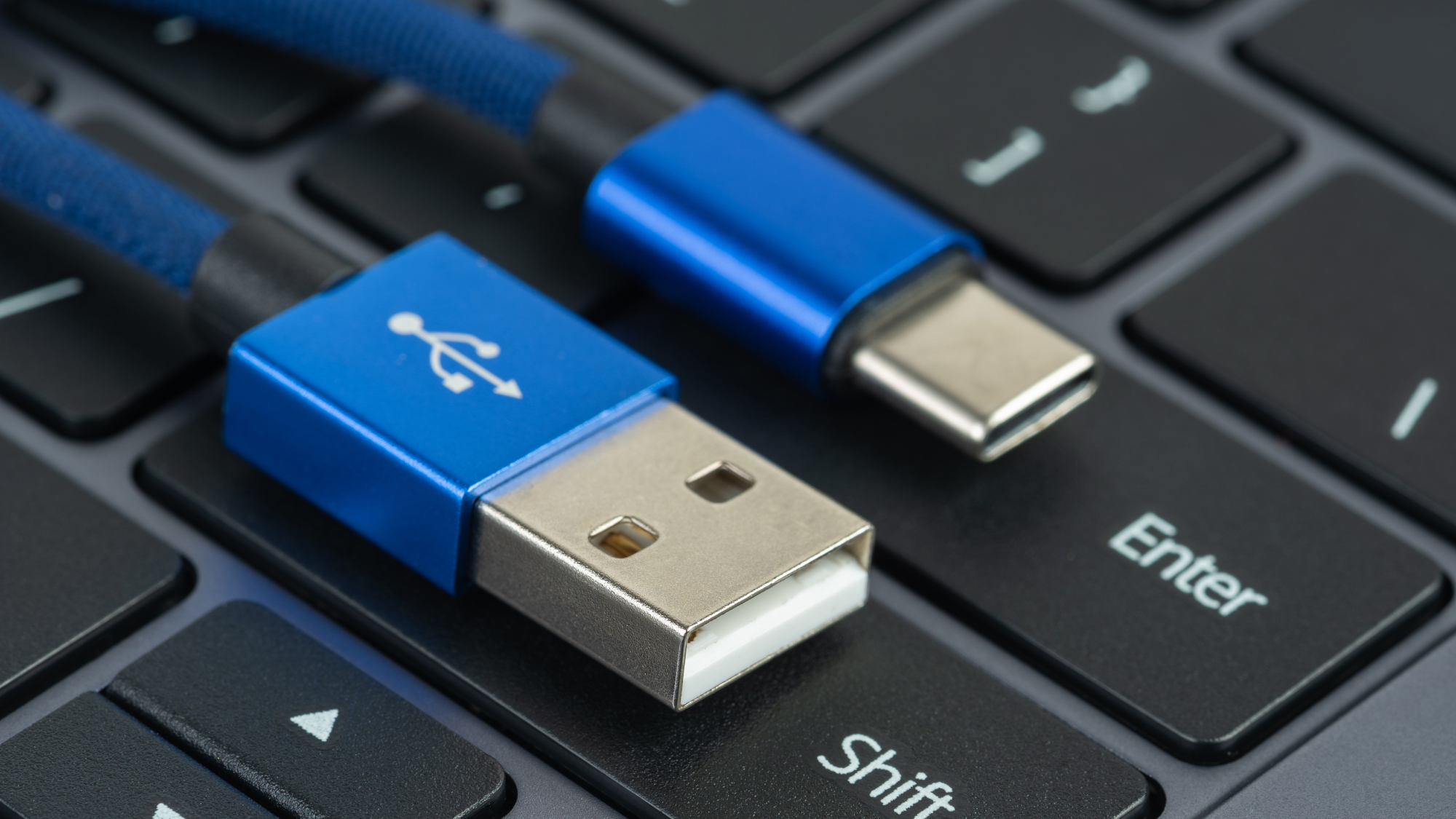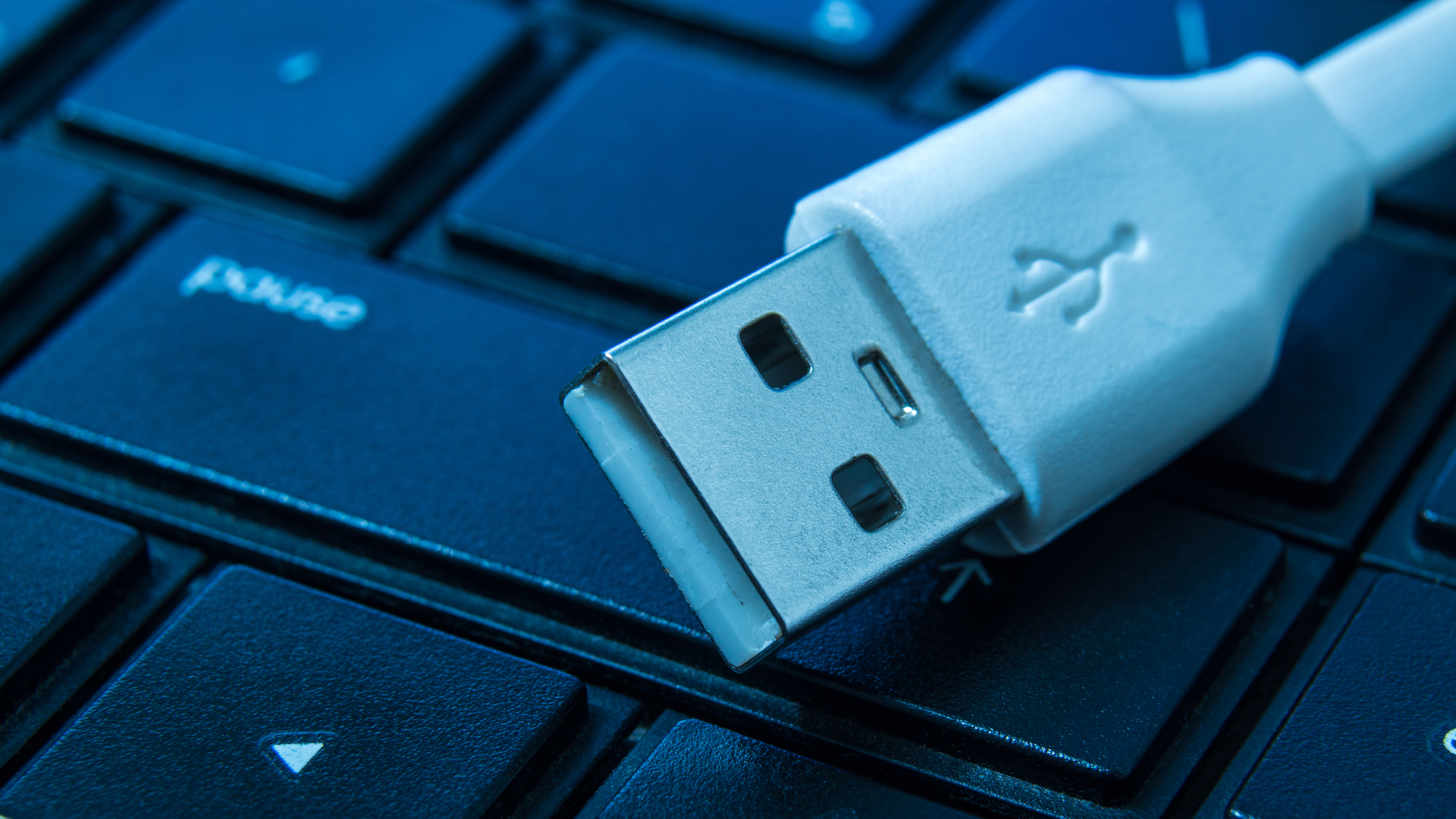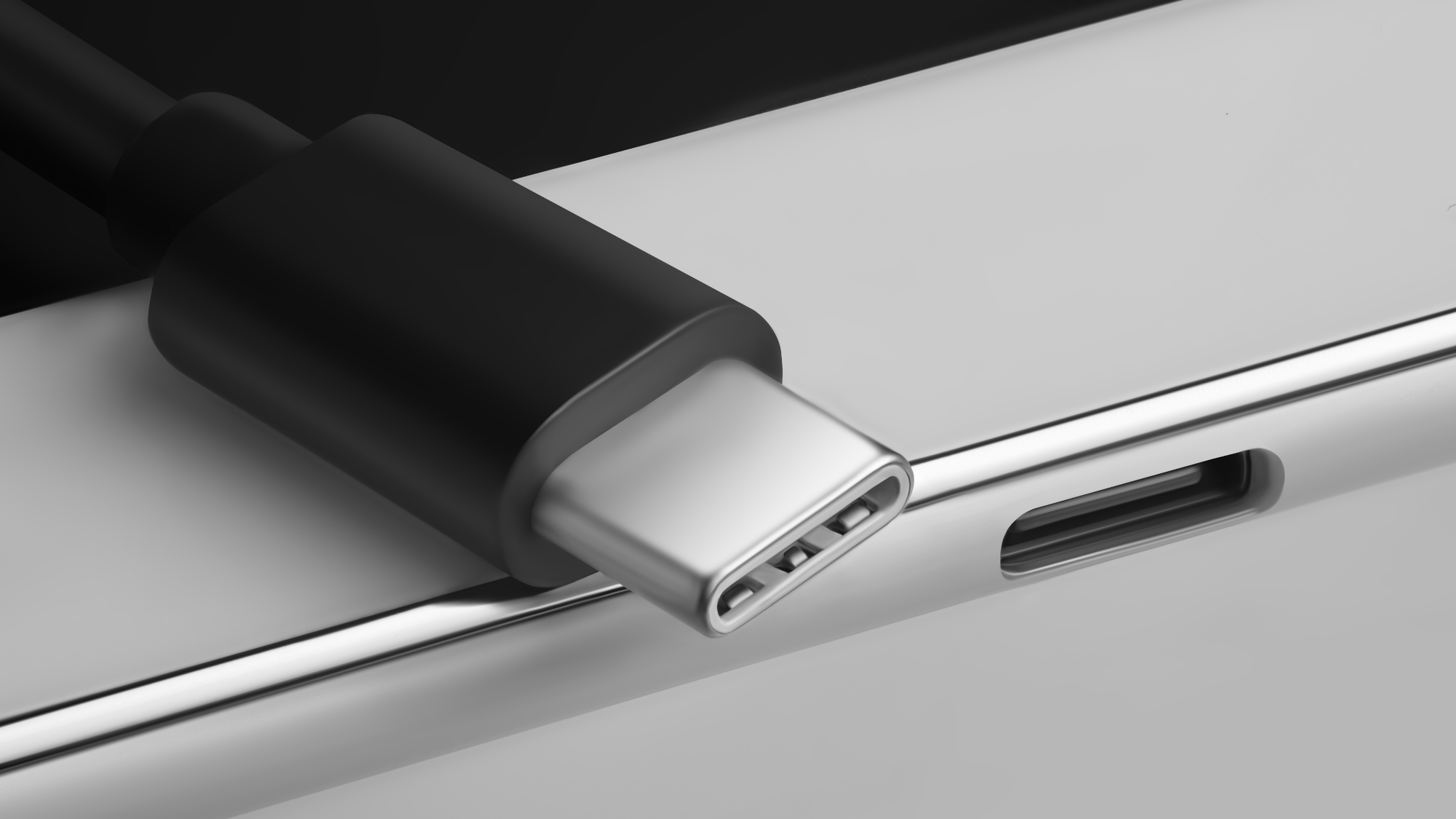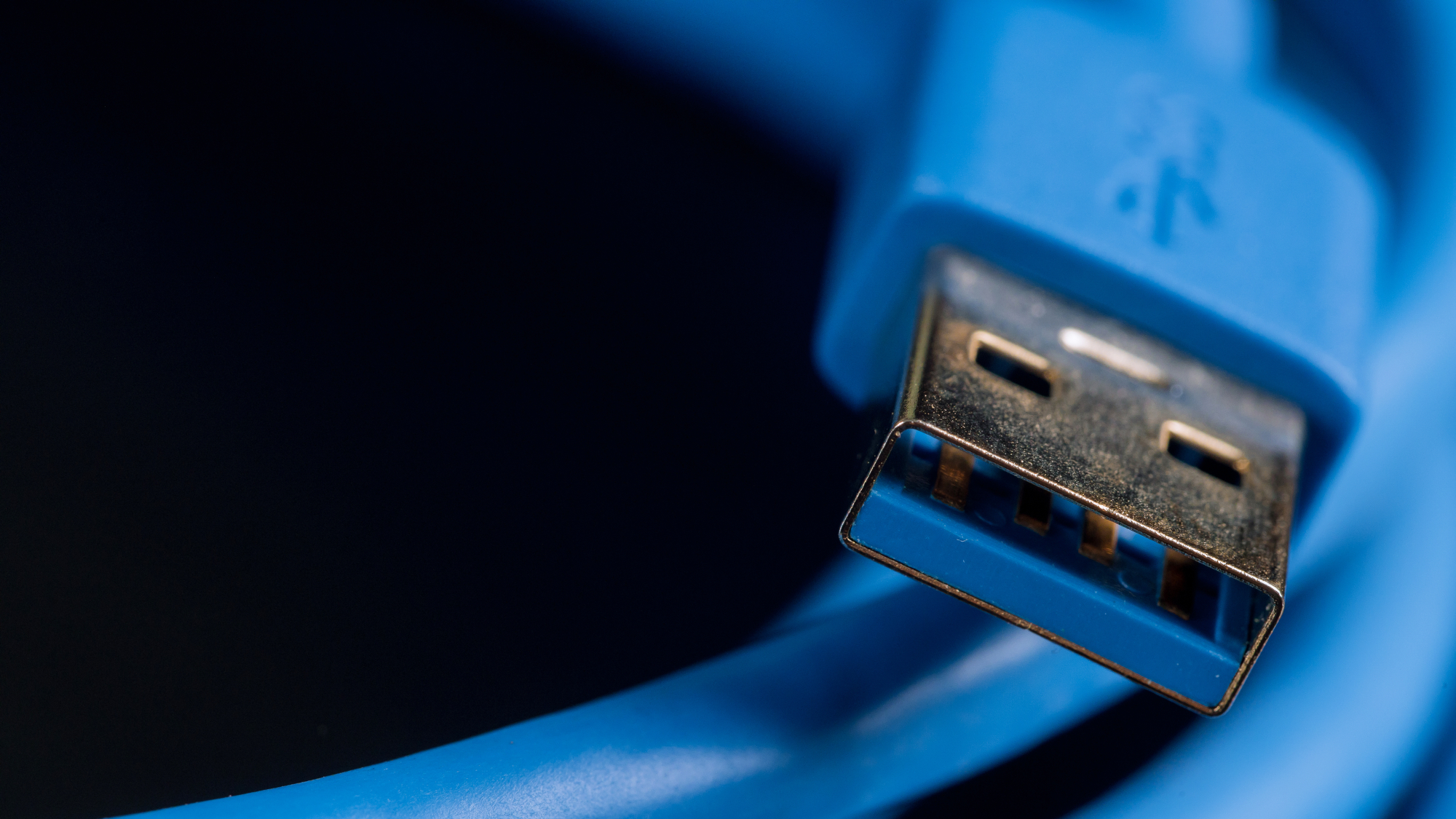USB-C vs. USB-A: What’s the difference?

What is the difference between USB-A and USB-C? Yes, there is a big visual change between the blockier connection of A vs the rounded barrel of C, but there is so much more happening beneath the surface — crucial information to have when it's time to buy the best laptop or best computer for your needs.
That's because these differences denote that each type of USB cable has significantly contrasting capabilities, hence why it's vital to understand said differences. This way, you'll know whether your USB device is compatible with the port you want to plug it into, and what you can achieve with it.
Without further ado, here's a blow-by-blow breakdown of the big differences between USB-C vs. USB-A.
What is USB-A?

USB-A ports and cables have been around for quite a while and as such, they are the ones most folks are familiar with. USB-A connectors have a rectangular horizontal port with pin connectors on the bottom side. This design means the connection only works if the cable is inserted correctly. If you try to insert the cable the wrong way, you'll encounter resistance — don't force it!
USB-A has been going out of favor since the introduction of USB-C in 2014, but many modern devices still have at least one USB-A port. After all, there still are millions of peripherals and devices that require a USB-A connection. This is the main reason USB-A won’t completely go away anytime soon, despite it being an older connection type.
What is USB-C?

USB-C (or USB Type-C) is slowly becoming the standard port for consumer devices. Almost every new laptop, tablet or phone has USB-C connectivity. This is because the connection type fixes many of the problems associated with USB-A. It also has many features that surpass its predecessor.
USB-C ports are smaller and thinner than USB-A. Because of the connector’s symmetrical design, you don’t need to worry about which way you insert the cable into a port (thank goodness). With an adaptor, USB-C is backward compatible with USB-A and with various connection types, including HDMI.
Get instant access to breaking news, the hottest reviews, great deals and helpful tips.
Support for Power Delivery lets you charge large electronics like laptops via USB-C. SuperSpeed and SuperSpeed+ support (through USB 3.0 and higher) allows for faster data transfer speeds. USB-C is also compatible with Thunderbolt 3 and Thunderbolt 4, which is why you'll often see laptops and desktops with combo USB-C/Thunderbolt 4 ports -- the port supports either cable.
What the heck is USB 3.0 and above?

USB 3.0 (aka USB 3.1), 3.2 and 4.0 are USB data protocols for USB connections and refer to the data formats the port can handle. In general, the higher the number the better, and you should be able to tell what version(s) your USB device supports by looking at the packaging and/or manual.
Put simply, the more advanced versions of the USB protocol allow for faster data and power transfer. Most of us will never care enough to tell the difference between USB 3.0 and USB 3.2, but it's nice to know how it all works.
USB 3.0 can achieve transmission speeds of up to 5 Gigabits per second (or 5 Gbps), whereas USB 3.1 can achieve up to 10 Gbps. However, USB 3.2 has two 10Gbps lanes and is thus capable of achieving 20Gpbs.
Both USB-A and USB-C ports can support USB 2.0 to 3.2, which makes the whole thing a bit confusing since a USB port has both a connector type (USB-C vs. USB-A, or rounded vs. rectangular) and a USB specification which reveals how capable it is.
However, the most recent USB 4.0 spec can reach up to 40Gbps and is only available in USB-C form.
USB-A vs. USB-C: Which is better?
USB-C is undeniably the superior connection type due to its higher data transfer rates, ability to charge large electronics and symmetrical connection port. This is why it's becoming the industry standard and will become ubiquitous in the near future. With that said, USB-A isn’t completely useless. In some cases, you may need it over USB-C.
There are millions of devices that still use USB-A ports. Machines lacking USB-A ports, such as the new MacBook Pro 14-inch and Dell XPS 13 Plus, can put you at a disadvantage if you don’t have an adapter. After all, an external HDD or SSD with a USB-A connection won’t do you any good if you can’t connect it via USB-C. Also, USB-A designed for USB 3.0 is still plenty sufficient for everyday computing and even transferring large photos or videos, if you don't mind investing the time.
So while USB-C is objectively better than USB-A, USB-A still has its place in the computing world and should be around for several years to come.

Tony is a computing writer at Tom’s Guide covering laptops, tablets, Windows, and iOS. During his off-hours, Tony enjoys reading comic books, playing video games, reading speculative fiction novels, and spending too much time on X/Twitter. His non-nerdy pursuits involve attending Hard Rock/Heavy Metal concerts and going to NYC bars with friends and colleagues. His work has appeared in publications such as Laptop Mag, PC Mag, and various independent gaming sites.
